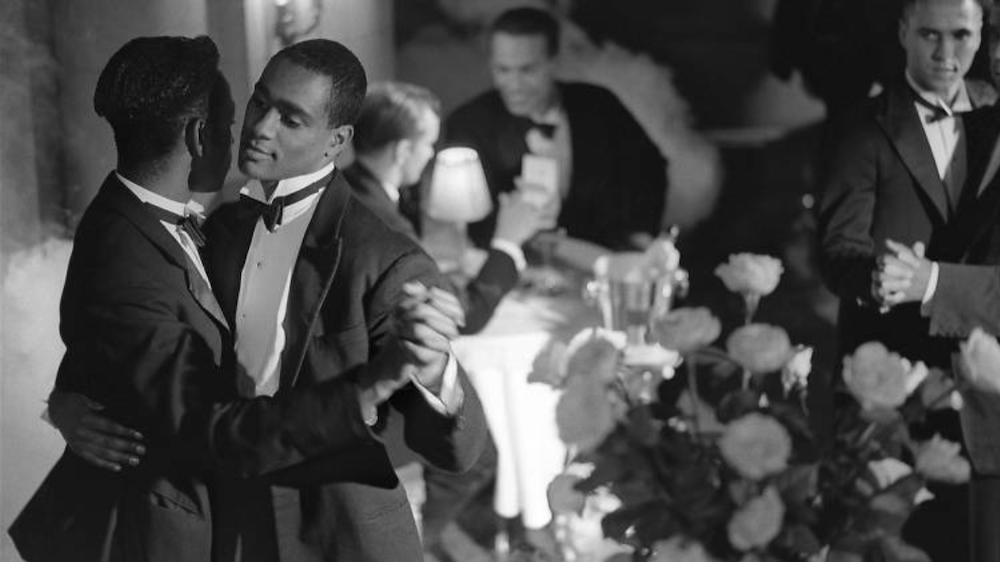This piece was submitted from a member of our enthusiastic community of readers. If you’re interested in sharing your opinion on any cultural, political or personal topic, create an account here and check out our how-to post to learn more.
The Harlem Renaissance was one of the biggest turning points in Black cultural history. Heavily known for its opulent fashions, remarkable literature and jazzy music. The 1920s were a vibrant time for Black creative expression.
The Harlem Renaissance was also an era full of innovative ideas, social changes and artistic outlets that truly showcased the many talents of Black people.
When we think of The Harlem Renaissance, we typically think of leaders such as Langston Hughes, Josephine Baker and Bessie Smith. What we don’t know (or rather don’t acknowledge) is that those same leaders were LGBTQ individuals. That’s right, many popular artists during this time were either openly gay or simply queer.
Here are just a few LGBTQ individuals who are notable participants to The Harlem Renaissance:
Gladys Bentley
Gladys Bentley was a lesbian blues singer known for her risqué songs and numerous girlfriends. Dressing in white tuxedos and top hats, Gladys Bentley was labeled as a male impersonator. She headlined at The Clam House (which was a famous gay speakeasy) and had back-up dancers who were drag queens. Around 1930, Bentley married a white woman in Atlantic City, New Jersey. But later, Bentley went back in the closet and claimed to marry a man who denied ever being married to Bentley.
Richard Barthé
Richard Barthé was a sculptor and portrait artist whose work focused on Black male beauty. He was the first sculptor to achieve critical success. Much of his work illustrated Black men, often in nude, in abstract poses. Richard Barthé did not keep his homosexuality a secret like his closeted contemporaries. The sculptor admitted to being gay in an interview and even had a romantic relationship with Bruce Nugent, who was another famous contributor of the Harlem Renaissance.
Josephine Baker
Josephine Baker was a well-known singer, dancer and actress during the Jazz Age, and became the first Black international superstar. Josephine Baker identified herself as bisexual. She had four different husbands throughout her lifetime, but carried on affairs with women, including Mexican artist Frida Kahlo and French author Colette.
Langston Hughes
Poet, novelist and playwright Langston Hughes was a primary contributor to the Harlem Renaissance. Although Hughes didn’t talk much about his sexuality, rumors about him started when he was a young writer. Hughes included gay-related themes in his work like "Blessed Assurance" and “Seven People Dancing.” He also often attended the Harlem drag balls. Langston Hughes was oddly fond of these balls calling them “spectacles of color.” Although there’s no solid evidence that Langston Hughes was homosexual, his work and fascination with queerness show that at the very least he was an ally.
There were many other LGBTQ artist that led the Harlem Renaissance such as Countee Cullen, Ethel Waters, Ma Rainey, Wallace Thruman, Claude Mckay and so many more.
We, as a community, have always considered the Harlem Renaissance as a Black cultural era. The problem is that many of the artists we celebrate that are associated with the Harlem Renaissance were not only Black, but also queer. The LGBT community played a significant part to the growth of the movement. Therefore, the queer identities of these artist should not be erased.
